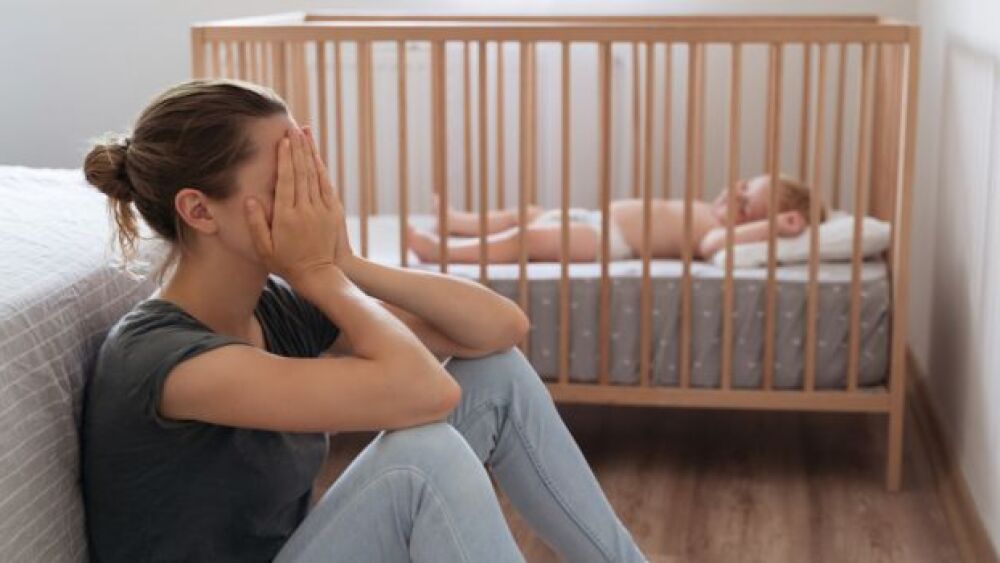ROCHESTER, NY--(Marketwire - March 09, 2011) -
| Highlighted Links |
Pediatric Cataract Initiative |
Bausch + Lomb |
He notes that many eye health issues, including retinal anomalies and pediatric cataract, may not present any symptoms until it is too late to correct them and a child's sight is damaged or lost. With proper diagnosis, early intervention and treatment, many vision problems and eye health issues can be corrected and kids' sight can be saved. "While I believe all children should have their eyes examined each year, it is especially important that children with risk factors for vision and eye health problems receive annual exams, not just vision screenings, which don't necessarily comprehensively check the health of the child's eyes," he adds. Some risk factors to note include: family history of eye disease, premature birth or low birth weight and infection in the mother during pregnancy.
Experts estimate that 80 percent of what people learn comes through visual processing of information, but according to the Centers for Disease Control, two-thirds of school-aged children don't receive any preventive vision care before they begin school. Poor vision affects a child's success in the classroom and nearly every other aspect of his or her life.
- Dr. Barr recommends that children be given an eye exam before their first birthday; if there is a significant family history of eye problems, then he recommends an eye exam during the first six months. He points out that, "Eye care professionals offer different recommendations on when that first eye exam should take place for a child. An infant's visual system is developing so rapidly in the first year that any abnormalities in vision can have long-term effects if not identified and corrected quickly."
- During the first few months of life many babies appear to have misaligned eyes -- but this is not usually the case. It's often an illusion caused by the relatively large size of their eyes. However, there can be conditions that result in misalignment. Crossed eyes occur at a rate of about four percent in the general population. Another approximately three percent of newborns are diagnosed with amblyopia. Sometimes referred to as "lazy eye," amblyopia prevents both eyes from working together to produce consistently aligned binocular vision, thus hindering the development of a normal visual pathway. Signs to look for are children covering up their eye or turning their head to favor one eye. If a child is showing these signs, they should visit an eye care practitioner right away, since amblyopia and crossed eyes can result in certain problems such as distorted depth perception. Early diagnosis and correction is important to prevent long-term vision problems.
- At birth or soon thereafter, a doctor will examine infants for a "white pupil" instead of the normal black pupil in both eyes; this often identifies a pediatric cataract. If your baby does show signs of cataract, removal of the cataract and follow-up care in the first weeks and months of life is important; failure to act or delay in treatment can lead to loss of vision or functional blindness. In the United States, incidence of pediatric cataract is relatively rare, although it is a more common problem in developing countries.
Dr. Barr is vice president of Global Clinical & Medical Affairs and Professional Services for Bausch + Lomb and a member of the advisory council for the Pediatric Cataract Initiative. This program is a global partnership between the Bausch + Lomb Early Vision Institute and Lions Clubs International Foundation that aims to protect children's eyes from long-term vision problems and prevent childhood blindness.
For more information about Dr. Joseph Barr and the Pediatric Cataract Initiative, visit www.pediatriccataract.org.
Note to Editors: Dr. Barr is available for phone and in-person interviews.
About the Bausch + Lomb Early Vision Institute
The Bausch + Lomb Early Vision Institute is a program of the global eye health company focusing on children's vision research, treatment, prevention and advocacy. Founded in 1853, Bausch + Lomb is one of the best-known and most respected healthcare brands in the world, with its contact lenses and solutions, ophthalmic pharmaceuticals, and ophthalmic surgical products available in approximately 100 countries. For more information, visit www.bausch.com.
About Lions Clubs International Foundation
Lions Clubs International Foundation is the grant-making body of Lions Clubs International, the world's largest volunteer service club organization. The LCIF SightFirst program, Lions' flagship initiative, builds comprehensive eye care systems to fight the major causes of blindness and care for blind and visually impaired persons. Since 1990, the SightFirst program has helped restore sight to more than 30 million people around the world. Lions have raised more than $415 million to provide surgeries, to improve of hundreds of eye care facilities and train of thousands of eye care professionals. For more information, visit www.lcif.org.
News Media Contact:
Kristena Morse
People Making Good for Bausch + Lomb
802.863.3929 ext. 107
Kristena@peoplemakinggood.com

 Digg this
Digg this Bookmark with del.icio.us
Bookmark with del.icio.us Add to Newsvine
Add to Newsvine


